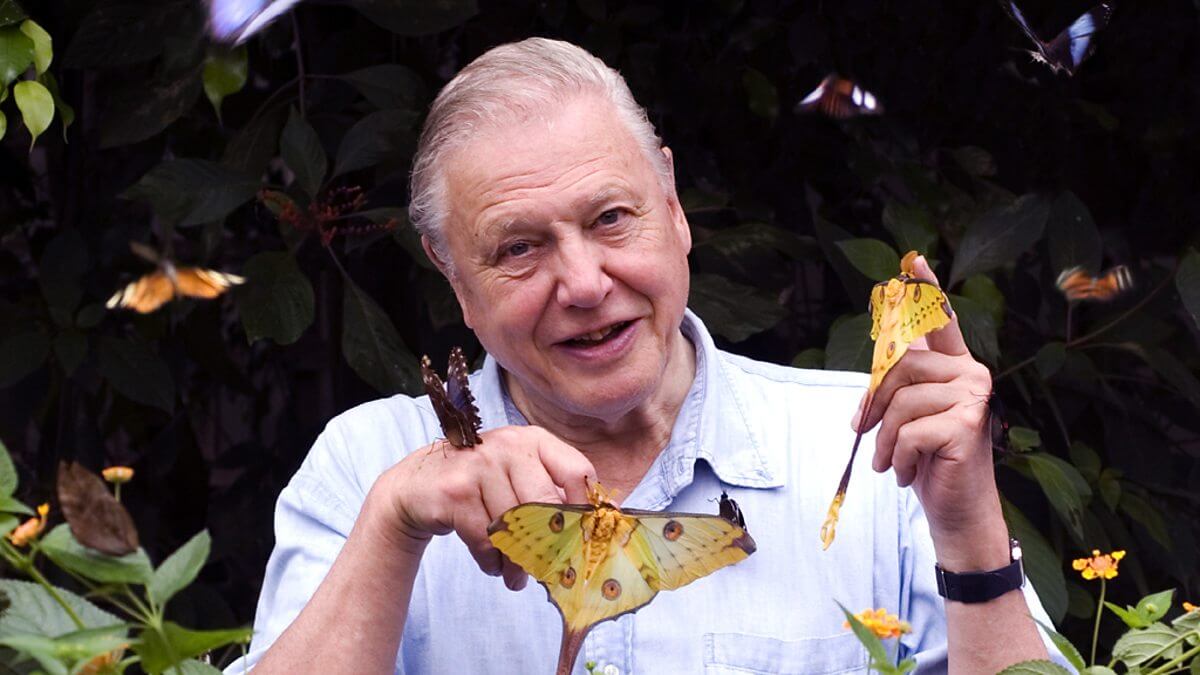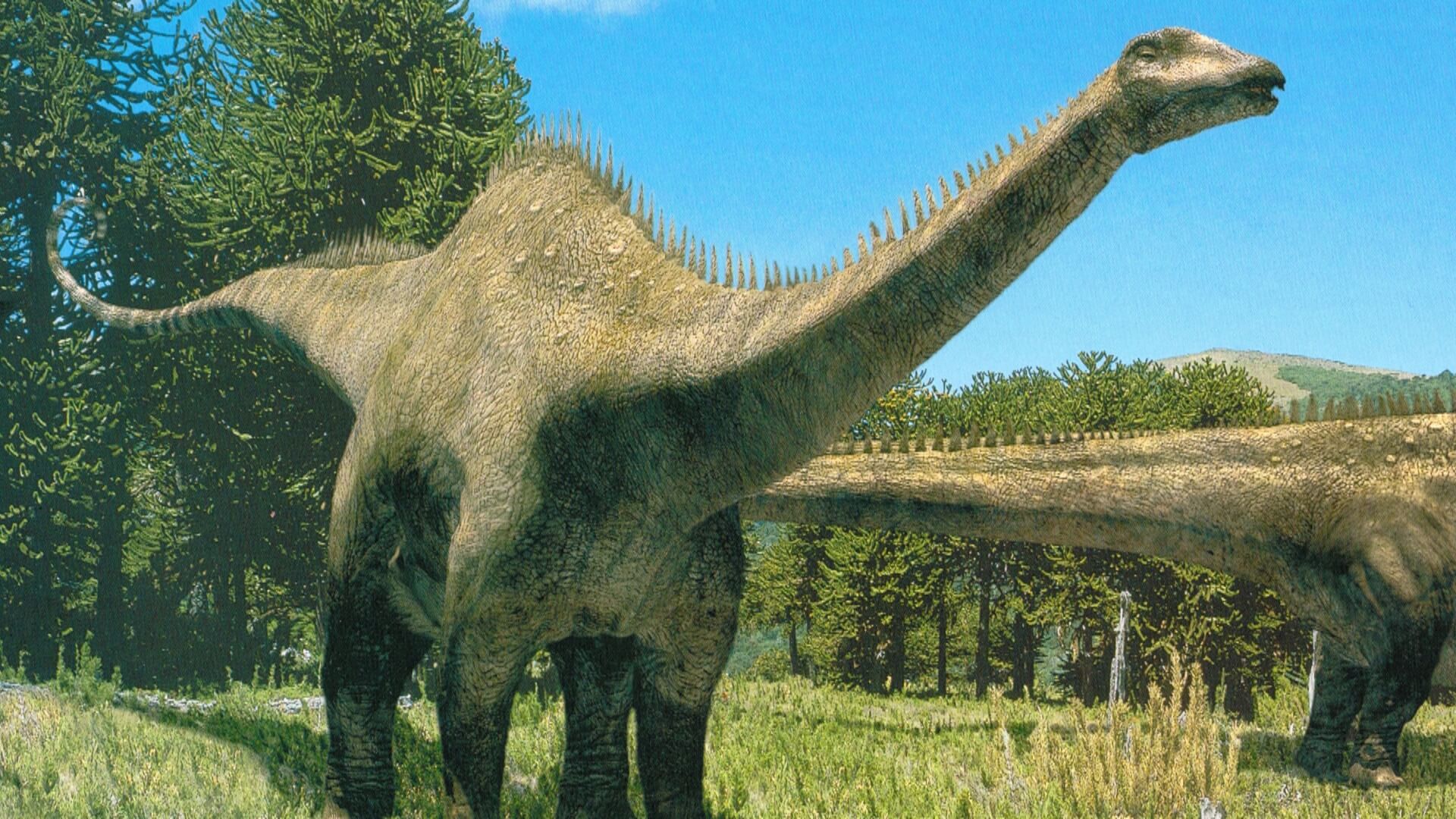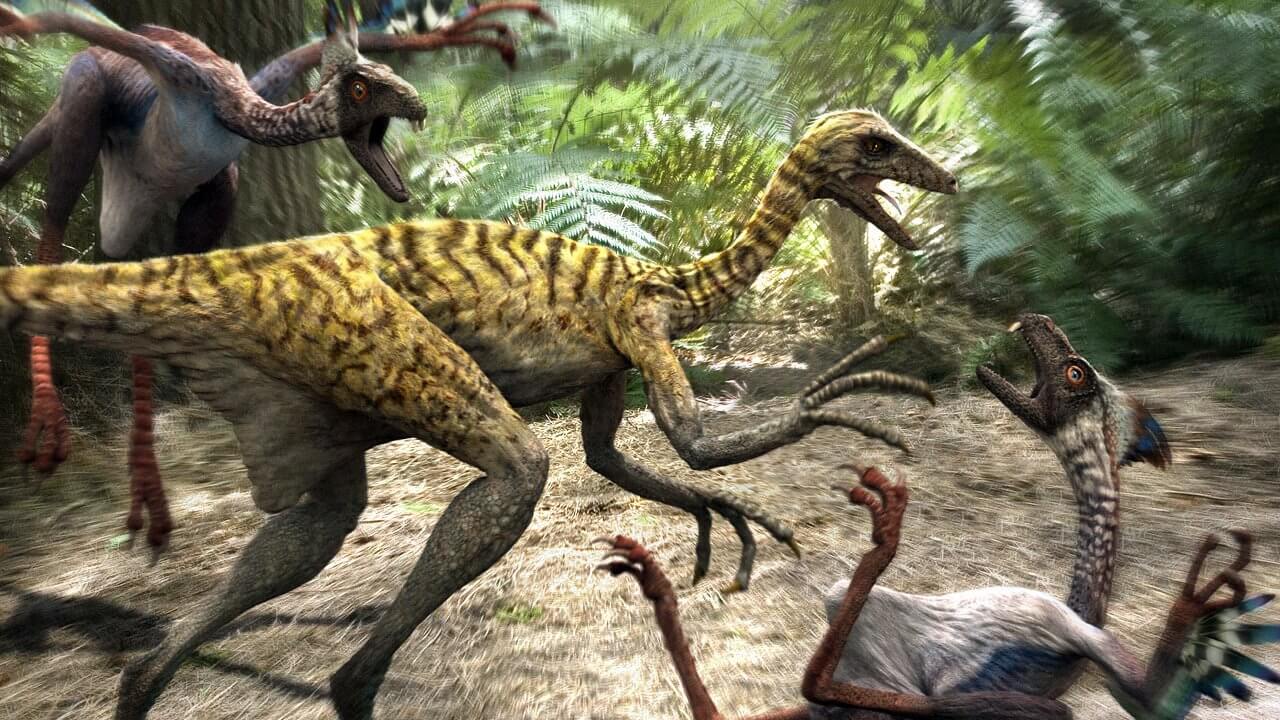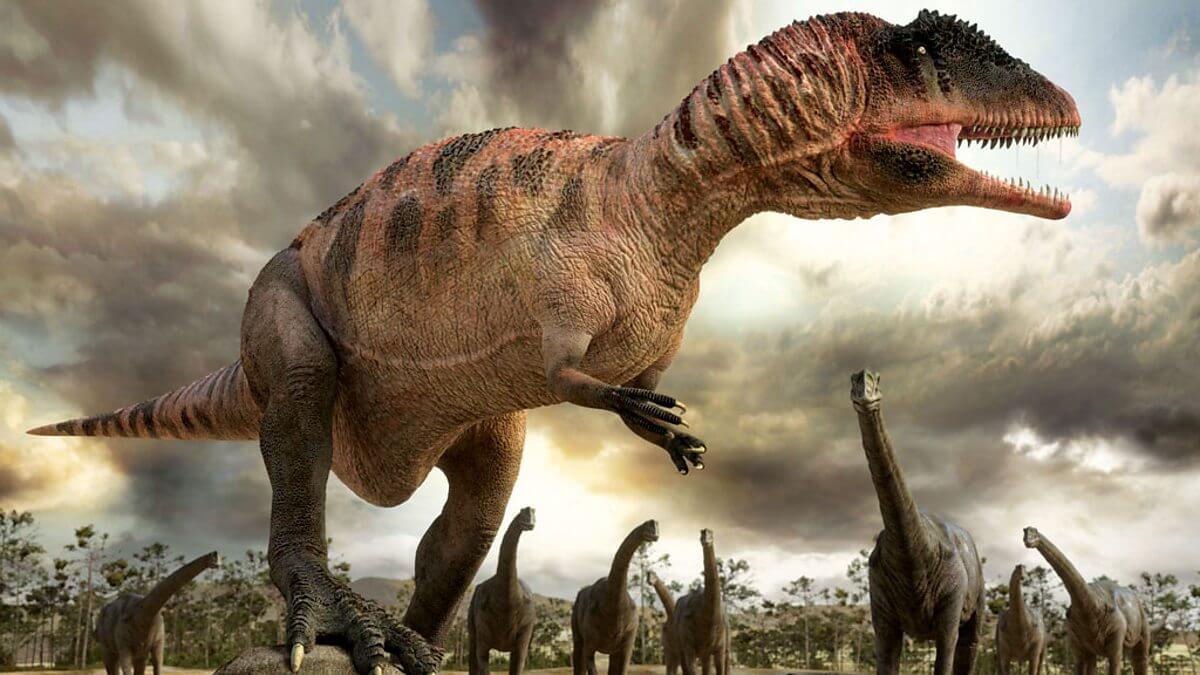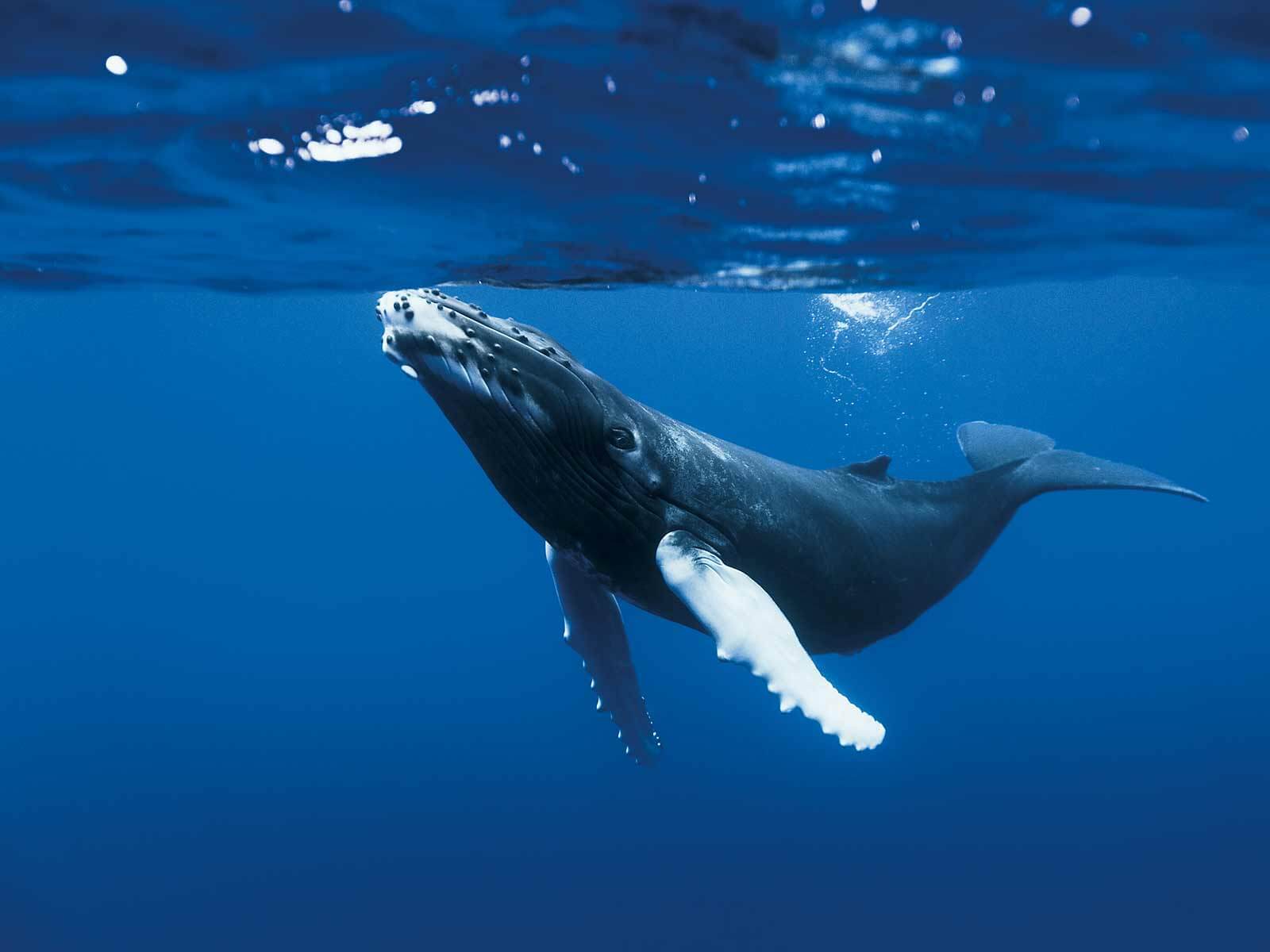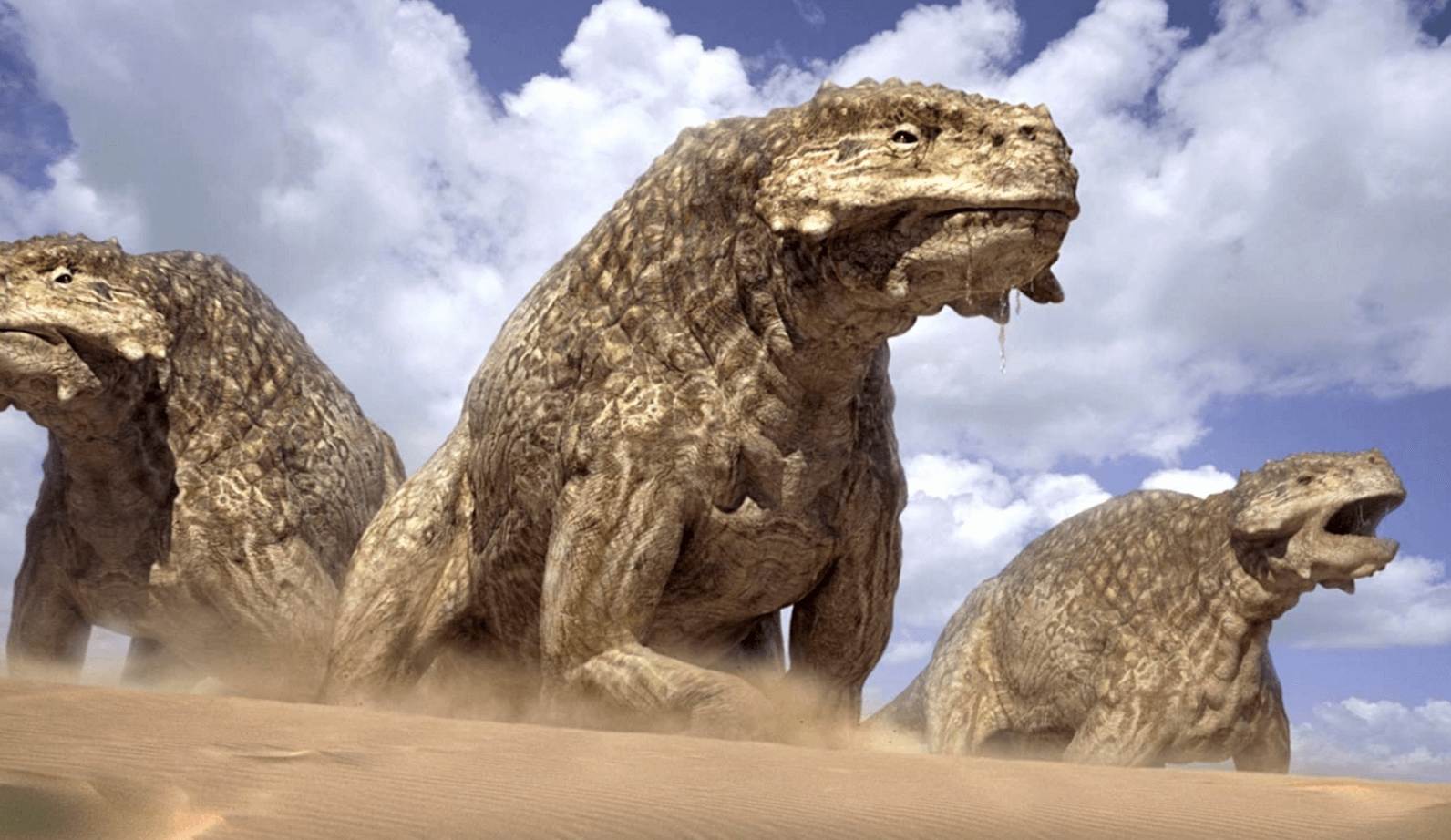description:
A study of the evolution and habits of invertebrates, it was the fifth of Attenborough’s specialised surveys following his major trilogy that began with Life on Earth. Each of the five 50-minute episodes looks at a group (or aspect) of the creatures using innovative photographic techniques.
episodes:
Broadcast 7 December 2005, the third instalment examines the spiders and others that produce silk. Attenborough visits New Zealand’s Waitomo Caves, which are inhabited by fungus gnats whose illuminated larvae sit atop glistening, beaded filaments to lure their prey. The ability to spin silk developed early in the invertebrates’ history, being first used as an adhesive. The female lacewing still applies it in this way, to suspend its eggs from plant stems. Spiders first employed it as a sensitive trip line to detect movement, and Attenborough illustrates this by encouraging a trapdoor spider.
The speed with which it appears causes the presenter to jump in surprise. The webs spun by orb-weavers are complex and can comprise up to 60 metres of silk and 3,000 separate attachments. A time-lapse sequence reveals their intricate construction. The largest are made by Nephila and can be several metres across. The venomous redback spins three-dimensionally, and fixes vertical lines that suspend its unlucky meals in mid-air. Meanwhile, the bolas spider swings a length of silk with a sticky blob on the end, with which to snare passing moths. Argiope exemplifies the dangers of mating that are faced by some male spiders: unless they are careful, they can be consumed by the females. The courtship of the wolf spider, though less risky, is one of the more elaborate. Its nesting habits are discussed, along with the eventual birth of its young, which cling to their mother’s back.

